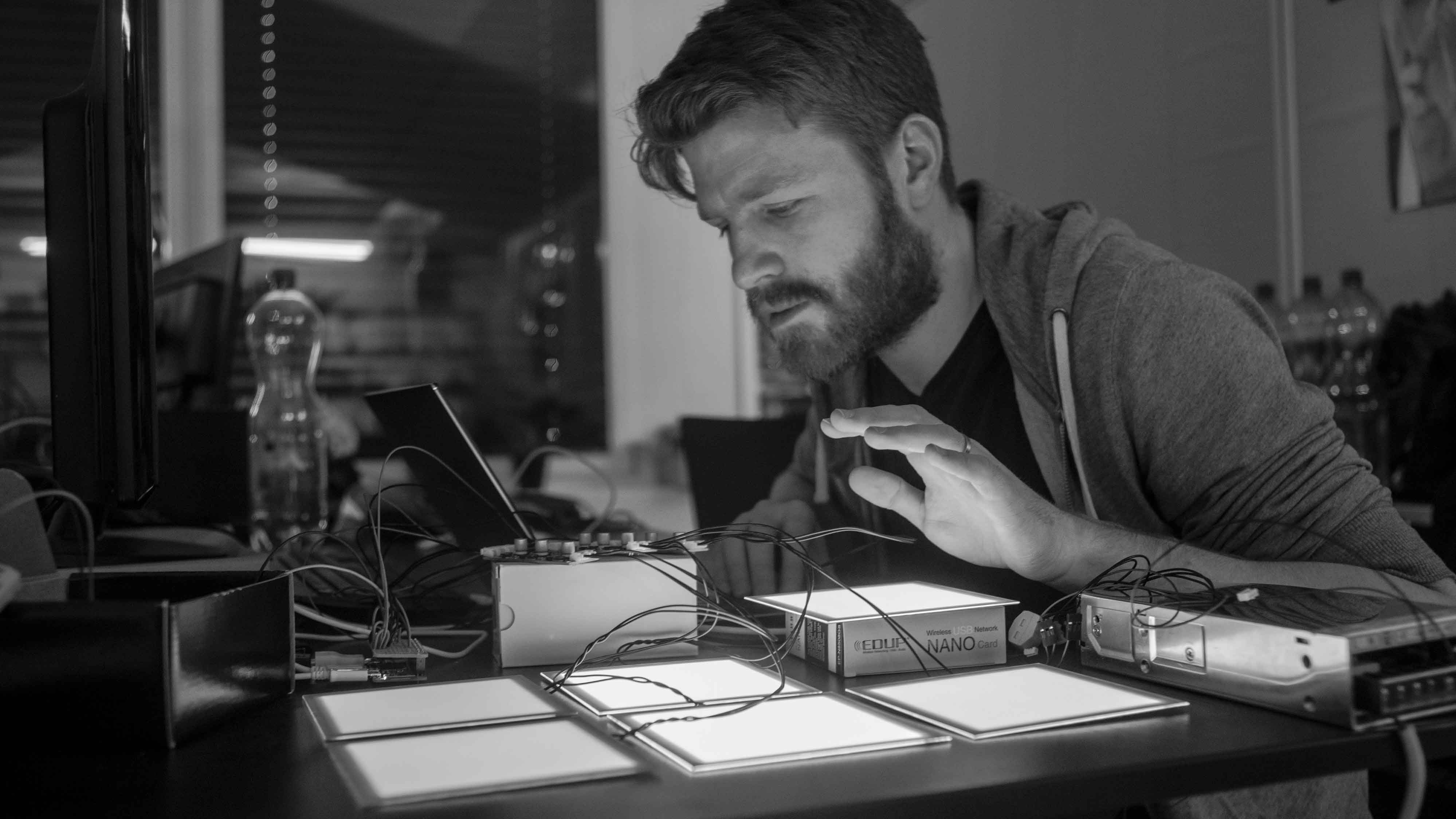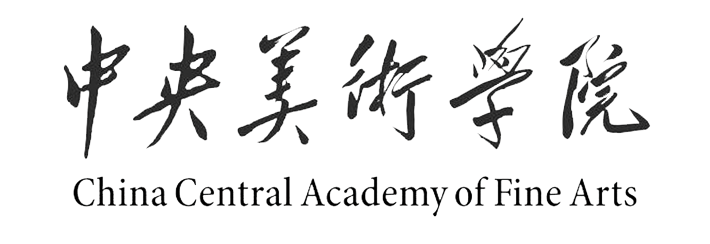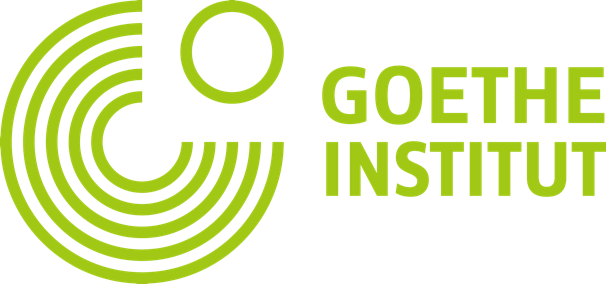Organisers:
Valentin Spiess – iart ag, Switzerland
Riccardo Lardi – iart ag, Switzerland
Guillaume Massol – iart ag, Switzerland
Details:
iart will present the open FLOKK framework enabling designers, architects and media architecture enthusiasts to create interactive installations. The participants will be able to explore the system by developing their first application. The core value propositions of the solution are the graphical programming interface based on node-RED: FLOKK provides a rich set of building blocks designed for media architecture applications and open source hardware to design responsive installations. The cloud-based solution easily enables distributed systems. A smart sensor enables responsive adaption to the surroundings even with the use of AI.
FLOKK is an initiative of iart ag. iart is a leading company in the field of media architecture, being the recipient of a Media Architecture Biennale Award in 2014 (Trends and Prototypes for Mega Faces) and 2016 (Animated Architecture for the LED frieze at Kunstmuseum Basel). iart’s projects have a focus on a symbiotic relationship of architecture and media. Over the course of the last 15 years of practice iart developed several hard- and software frameworks. With FLOKK iart opens its expertise to the designers without coding skills. The idea is to enable everyone doing interactive installation with a minimum of knowledge in software and hardware engineering. The FLOKK Framework can be used to design smart luminaires up to smart buildings or even neighbourhoods. It consists of open hardware and software components and a cloud service to stitch them together. Open APIs are making it easy to link proprietary components to it.
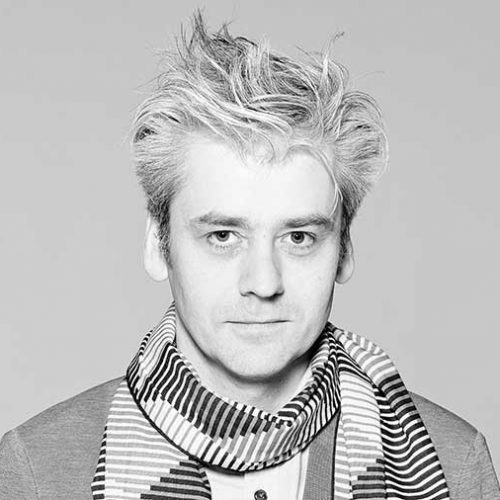
Valentin Spiess, a qualified electrical engineer, has been working in the field of new media since 1993. At first he created media installations in cooperation with artists and was the technical manager for various festivals and theatrical productions. In 2001 he set up the company iart as an engineering office for the planning and realisation of media projects. In the same year he and a small interdisciplinary team realised the media for the Museum of Communication in Berne and then created the media effects for the Mercedes Benz Museum in Stuttgart. iart’s activities encompassed hardware and software development and the conception, planning and realisation of media. Today Valentin Spiess heads a team of over 40 people specialised in the conception, planning and execution of media solutions for exhibitions, museums, architectural projects and outdoor spaces.
In 2016 Valentin founded the nonprofit innovation network Fluxdock. It extends iart’s interdisciplinarity and agile methods to a network of companies by making appropriate infrastructure and tools available for collaboration.
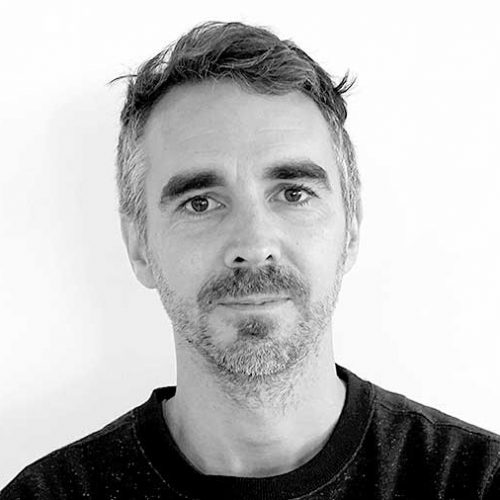
Guillaume is a designer working with code. He has been involved in a wide range of interactive projects as an independent UX and interactive designer. He’s also developing art and design projects using code, with a special focus on machine learning techniques. Since 2017 he is a guest lecturer at HSLU (Lucerne University of Applied Sciences and Arts) where he’s teaching generative computer graphic, machine learning and UX. Before joining iArt Guillaume has been working with diverse companies as UX consultant and co-founded a design Studio in Beijing. He’s interested in open-source development, art, design and technology.

Riccardo Lardi is a Design Engineer with a background in Web-technologies, Interaction Design and software development. Before joining iart in 2016 he worked with Design and Innovation agencies such as Takram London. He holds an MA from Royal College of Art, London, where he studied Design Interactions, a course on Speculative Design.
